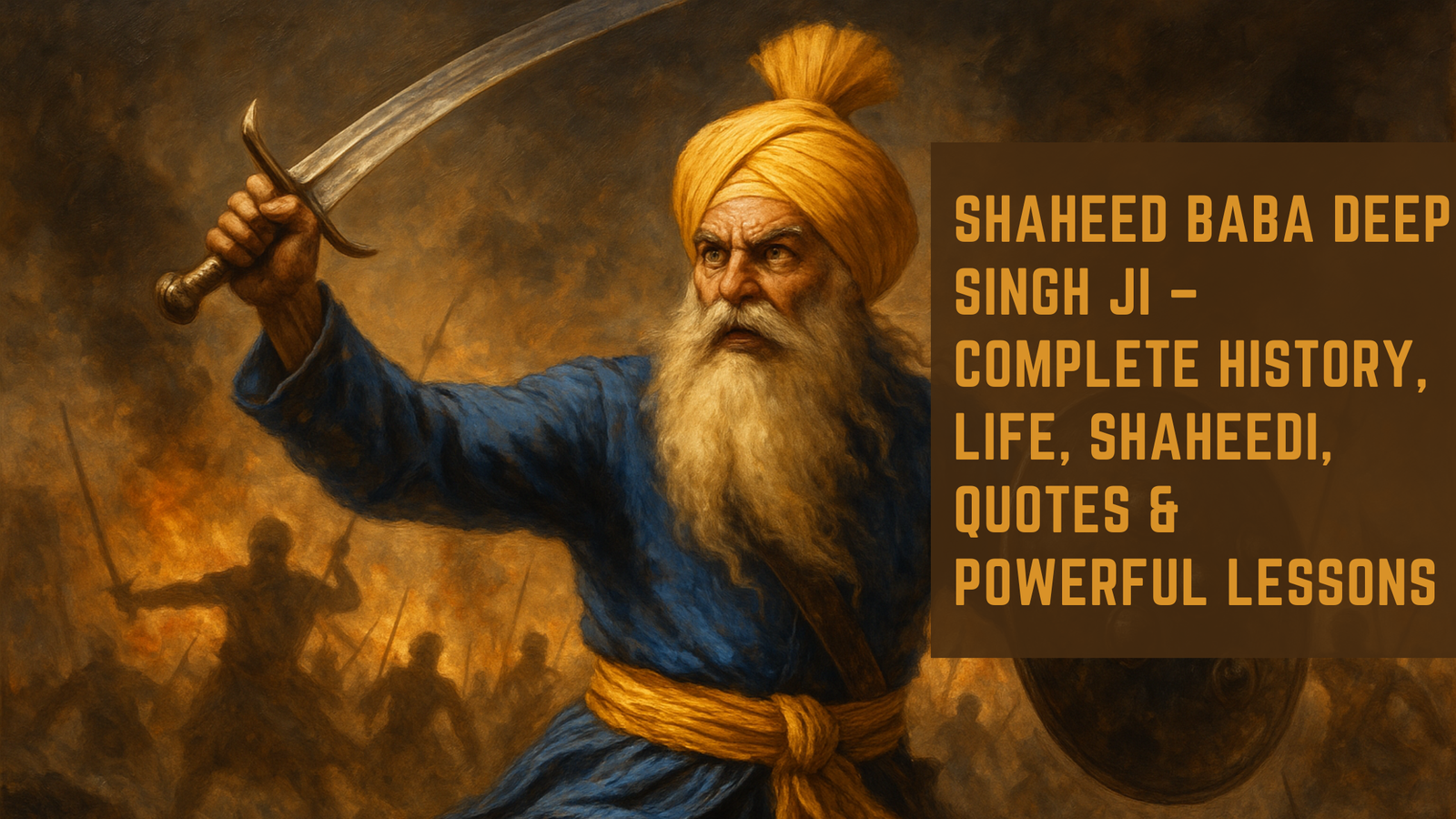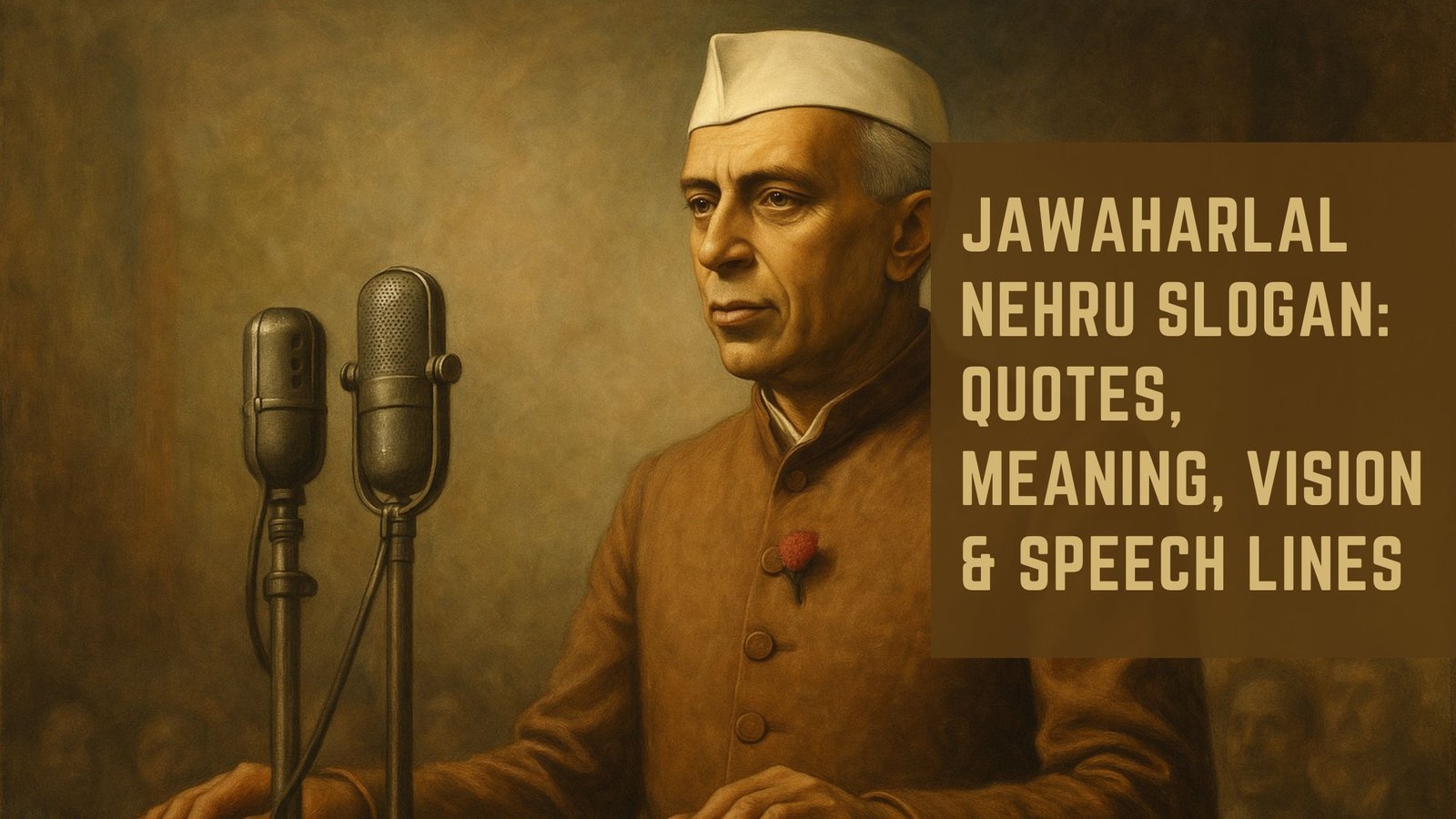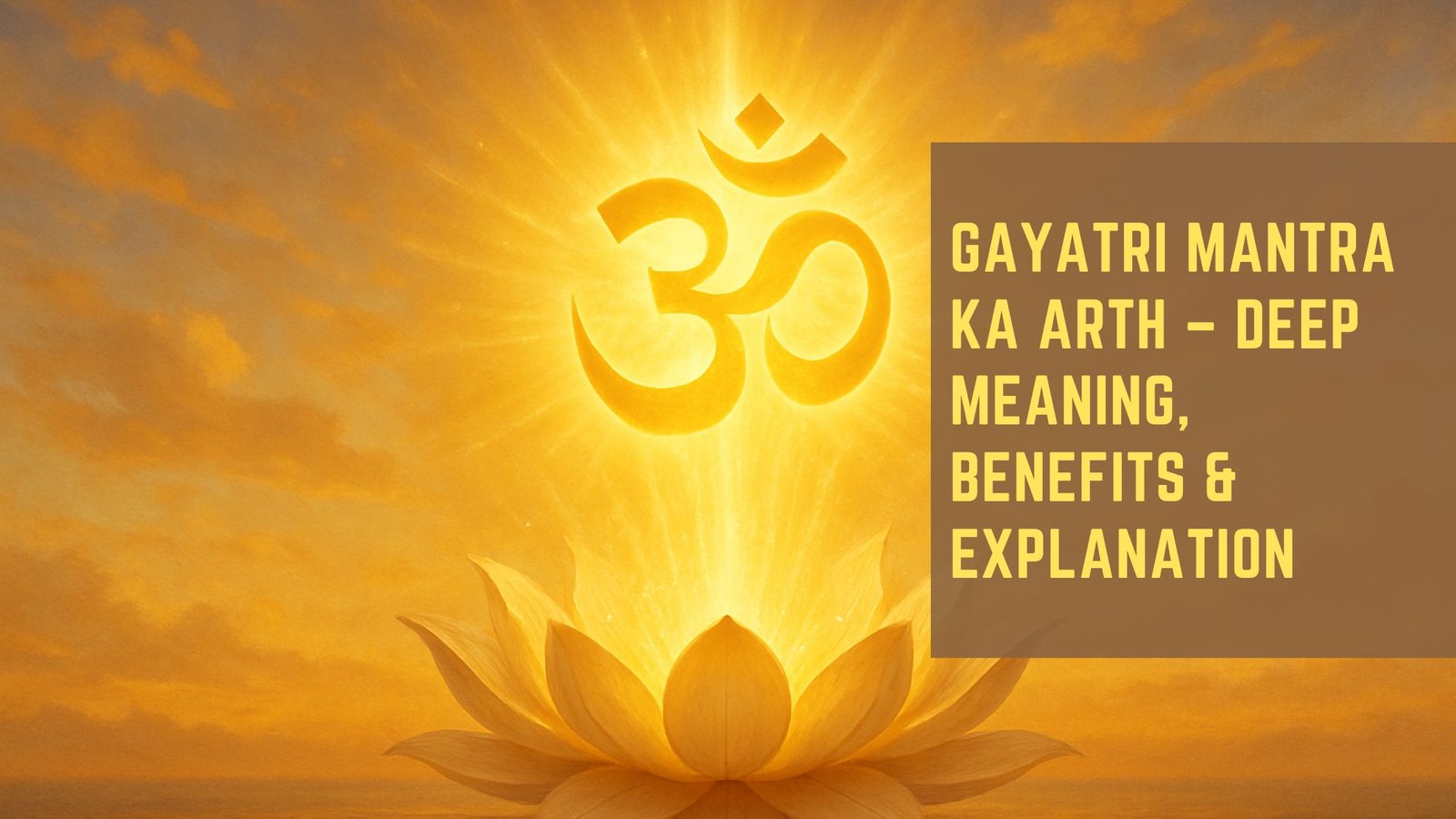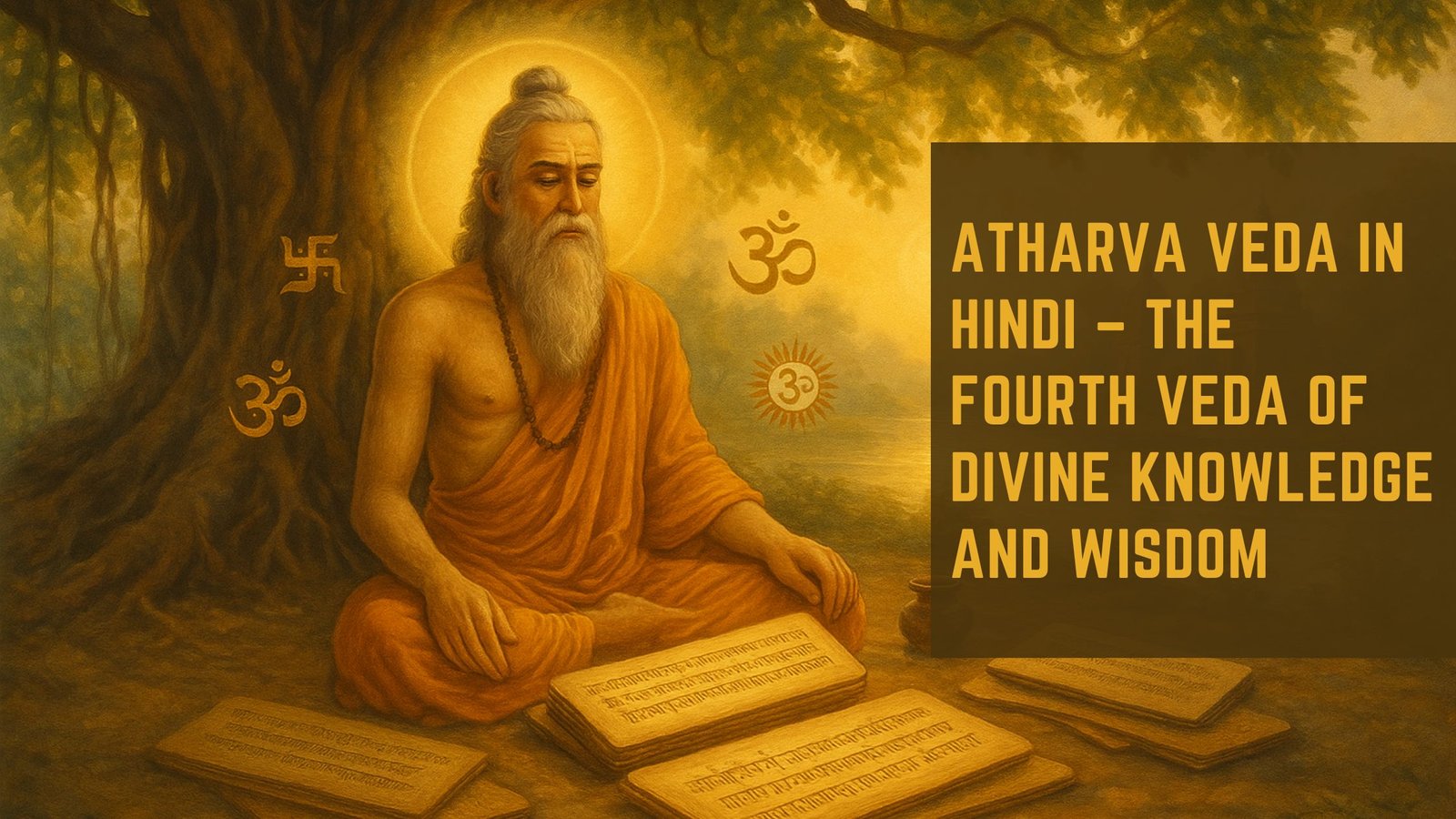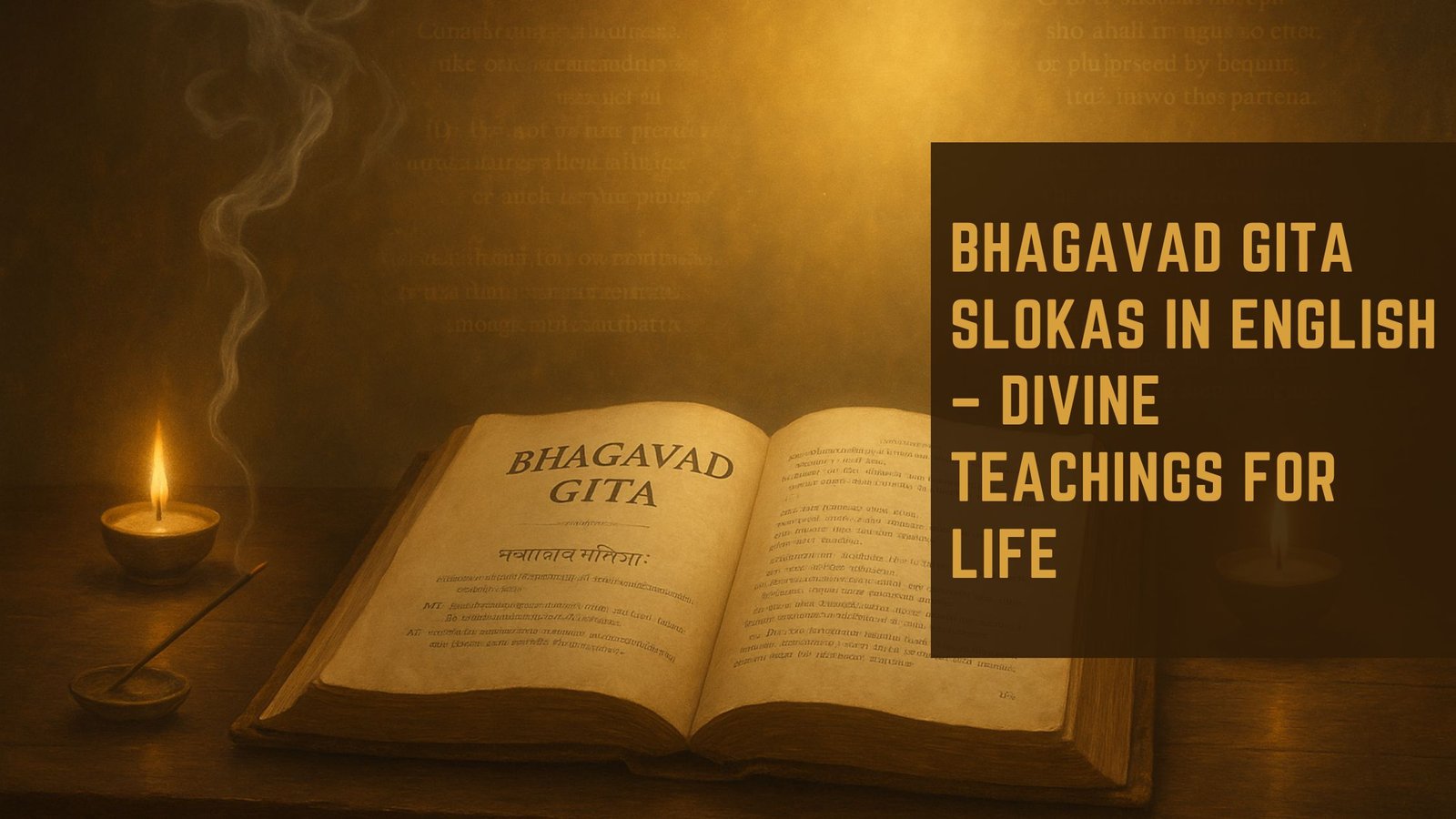The Bhagavad Gita, often referred to simply as the Gita, is a 700-verse Hindu scripture that is part of the Indian epic Mahabharata. It is a philosophical dialogue between Prince Arjuna and Lord Krishna, who serves as his charioteer. Set on the battlefield of Kurukshetra, the Gita addresses the moral and philosophical dilemmas faced by Arjuna as he prepares to engage in a great war against his own relatives, teachers, and friends.
The text delves into profound themes such as duty (dharma), righteousness, and the nature of reality, making it a cornerstone of Indian philosophy and spirituality. The Gita is not merely a religious text; it is a universal guide that transcends cultural and temporal boundaries. Its teachings have resonated with countless individuals across various backgrounds, offering insights into the human condition and the complexities of life.
The dialogue unfolds in a manner that encourages introspection and self-discovery, prompting readers to confront their own ethical dilemmas and existential questions. As such, the Bhagavad Gita has become a significant source of inspiration for philosophers, leaders, and thinkers around the world.
Key Takeaways
- The Bhagavad Gita is a 700-verse Hindu scripture that is part of the Indian epic Mahabharata, and it is considered one of the most important spiritual classics in the world.
- Mahatma Gandhi, the leader of the Indian independence movement, was deeply influenced by the Bhagavad Gita and considered it his spiritual dictionary.
- The key teachings of the Bhagavad Gita include the concept of dharma (duty/righteousness), the nature of the self, and the path to spiritual liberation through selfless action and devotion to God.
- Gandhi interpreted the Bhagavad Gita as a call to action without attachment to the results, and he saw it as a guide for living a life of nonviolence, truth, and selfless service.
- The Bhagavad Gita’s influence on Gandhi’s philosophy can be seen in his emphasis on nonviolent resistance, his belief in the equality of all religions, and his commitment to serving others and fighting for justice.
Gandhi’s Connection to the Bhagavad Gita
Early Encounters with the Gita
Gandhi first encountered the Gita during his time in South Africa, where he was grappling with issues of identity, justice, and resistance against oppression. The teachings of the Gita provided him with a framework to understand his struggles and motivated him to pursue a path of nonviolent resistance.
A Personal Connection
Gandhi’s connection to the Gita was not merely intellectual; it was deeply personal. He often referred to it as his “spiritual dictionary,” indicating how integral its teachings were to his daily life.
Principles of Truth and Nonviolence
The text’s emphasis on selfless action and devotion resonated with Gandhi’s own principles of truth (satya) and nonviolence (ahimsa). He believed that the Gita offered practical guidance for living a life of integrity and purpose, encouraging individuals to act according to their dharma while remaining detached from the fruits of their actions.
Key Teachings of the Bhagavad Gita

The Bhagavad Gita encompasses a multitude of teachings that address various aspects of life, philosophy, and spirituality. One of its central tenets is the concept of dharma, which refers to one’s duty or righteousness. The Gita emphasizes that individuals must fulfill their responsibilities according to their roles in society, whether as warriors, teachers, or householders.
This notion of duty is intricately linked to the idea of selflessness; one must act without attachment to personal gain or loss. Another significant teaching is the distinction between the physical body and the eternal soul (atman). The Gita posits that while the body is temporary and subject to decay, the soul is immortal and transcends physical existence.
This understanding encourages individuals to rise above material concerns and focus on spiritual growth. Additionally, the text introduces various paths to spiritual realization, including devotion (bhakti), knowledge (jnana), and disciplined action (karma). Each path offers unique insights into achieving union with the divine and understanding one’s place in the cosmos.
Gandhi’s Interpretation of the Bhagavad Gita
Gandhi’s interpretation of the Bhagavad Gita was deeply influenced by his own experiences and struggles. He viewed the text as a call to action that emphasized the importance of selfless service and moral integrity. For Gandhi, the Gita was not just a philosophical treatise; it was a practical guide for living a life aligned with truth and justice.
He often highlighted the verse “Karmanye vadhikaraste ma phaleshu kadachana,” which translates to “You have the right to perform your prescribed duties, but you are not entitled to the fruits of your actions.” This principle became foundational in Gandhi’s approach to activism. In Gandhi’s view, the Gita advocated for a life of active engagement in society while maintaining an inner detachment from outcomes. He believed that true fulfillment comes from performing one’s duty with sincerity and dedication, regardless of external results.
This interpretation resonated with his commitment to nonviolent resistance, as he sought to challenge injustice without succumbing to hatred or violence. Gandhi’s reading of the Gita emphasized compassion, humility, and an unwavering commitment to truth, which he considered essential for any meaningful struggle for justice.
The Influence of the Bhagavad Gita on Gandhi’s Philosophy
The Bhagavad Gita significantly shaped Gandhi’s philosophical outlook, particularly in relation to ethics and morality. Its teachings on nonattachment and selfless action provided a moral compass for his endeavors in social reform and political activism. Gandhi believed that one must act according to their conscience while remaining steadfast in their commitment to nonviolence.
This alignment with dharma guided him through numerous challenges during India’s struggle for independence from British colonial rule. Moreover, Gandhi’s philosophy was deeply rooted in the idea of satyagraha, or “truth force,” which he derived from his understanding of the Gita. He saw satyagraha as an embodiment of the principles outlined in the text—an approach that sought to confront injustice through peaceful means while adhering to moral principles.
This philosophy not only influenced his methods but also inspired countless others who sought social change through nonviolent means. The Gita’s emphasis on inner strength and resilience became pivotal in shaping Gandhi’s approach to leadership and activism.
Gandhi’s Use of the Bhagavad Gita in Nonviolent Resistance

Gandhi’s application of the Bhagavad Gita in his nonviolent resistance movements was both strategic and philosophical. He often invoked its teachings during pivotal moments in India’s struggle for independence, using them as a source of inspiration for himself and his followers. The Gita’s message of courage in the face of adversity resonated deeply with those who participated in civil disobedience campaigns, such as the Salt March in 1930.
Gandhi encouraged his followers to embody the principles of the Gita by remaining steadfast in their commitment to nonviolence while confronting oppression. In practical terms, Gandhi utilized specific verses from the Gita to motivate individuals during protests and demonstrations. He emphasized that true strength lies not in physical power but in moral conviction.
By framing nonviolent resistance as an expression of one’s dharma, he instilled a sense of purpose among his followers. The teachings of the Gita served as a reminder that their struggle was not merely against colonial rule but also a quest for spiritual awakening and self-realization.
The Bhagavad Gita’s Impact on Gandhi’s Leadership
The Bhagavad Gita profoundly influenced Gandhi’s leadership style and approach to mobilizing people for social change. His ability to articulate complex philosophical concepts in accessible language allowed him to connect with diverse audiences across India. By drawing upon the teachings of the Gita, he fostered a sense of unity among individuals from different backgrounds, emphasizing shared values such as truth, justice, and compassion.
Gandhi’s leadership was characterized by humility and service, qualities that he derived from his understanding of the Gita’s teachings on selflessness. He often positioned himself as a servant leader, prioritizing the needs of others over personal ambition or recognition. This approach not only garnered respect but also inspired loyalty among his followers.
The principles outlined in the Gita guided him in navigating conflicts within the movement, encouraging dialogue and understanding rather than division.
The Legacy of the Bhagavad Gita in Gandhi’s Life and Work
The legacy of the Bhagavad Gita in Gandhi’s life is evident not only in his personal philosophy but also in his enduring impact on social movements worldwide. His interpretation of its teachings continues to inspire activists who advocate for justice through nonviolent means. The principles he championed—truthfulness, compassion, and moral integrity—remain relevant today as societies grapple with issues of inequality and injustice.
Gandhi’s life exemplified how ancient wisdom can inform contemporary struggles for human rights and dignity. His ability to translate the teachings of the Gita into actionable strategies for social change has left an indelible mark on history. As modern movements draw upon his legacy, they often return to the timeless lessons found within the Bhagavad Gita—reminding us that true strength lies not in violence but in unwavering commitment to truth and justice.

